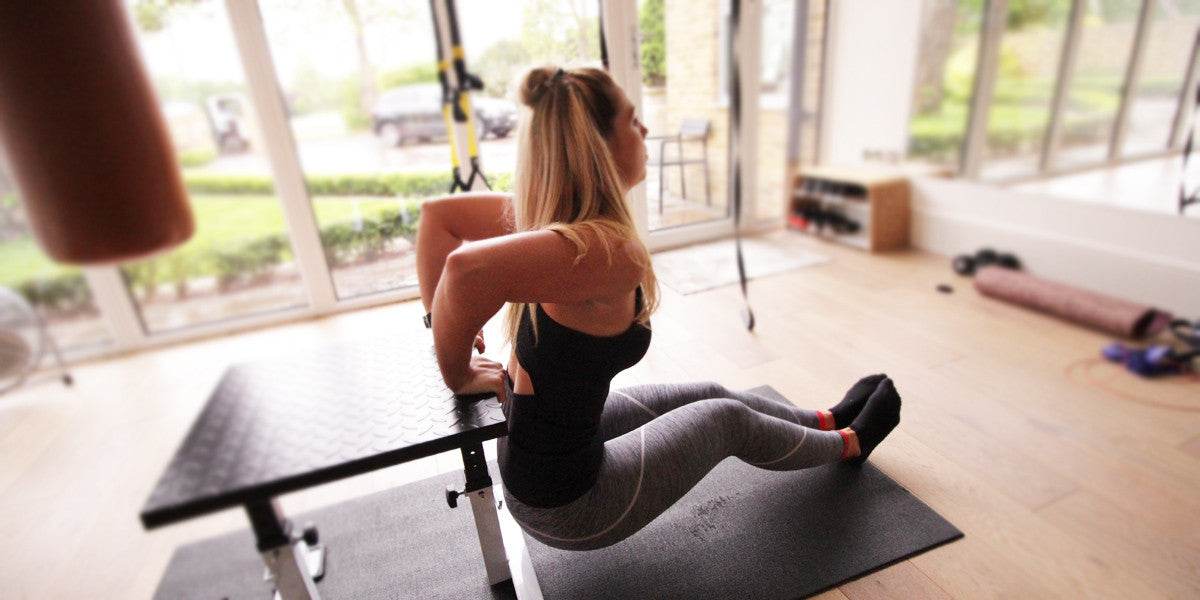
Simple Home Workouts for Office Workers with Back Pain
Understanding the Root Cause of Back Pain
Many office workers spend long hours sitting at a desk, which often leads to poor posture, muscle stiffness, and chronic back pain. Sitting for extended periods weakens the core and glute muscles that support the spine, making the back more vulnerable to strain. Additionally, leaning toward computer screens or slouching in office chairs can cause spinal misalignment and tension in the neck and shoulders. Without regular movement or stretching, even simple daily activities can trigger discomfort or pain. Understanding these causes is essential because it allows you to address the problem from the source rather than just masking the pain. The good news is that you don’t need a gym membership or expensive equipment to relieve and prevent back pain. A few simple home workouts, done consistently, can strengthen key muscles, improve posture, and help you stay active—even during busy workdays.
Effective Stretches to Relieve Tension
Stretching is one of the easiest and most effective ways to release tightness in the back and neck after long hours of sitting. Start with the Cat-Cow stretch, a gentle yoga move that increases flexibility in the spine. Get on all fours, inhale while arching your back (Cow), and exhale while rounding it (Cat). Repeat for 10–12 rounds to loosen your spine. Another great option is the Child’s Pose, which stretches the lower back and hips—hold this position for 30 seconds to one minute. You can also try Seated Spinal Twists to release stiffness in your mid-back. These stretches not only relieve pain but also improve circulation, reducing the risk of long-term stiffness. Make it a habit to do these movements every few hours during work breaks. Over time, these small adjustments can greatly improve flexibility and reduce pain caused by prolonged sitting.
Strengthening Exercises for Long-Term Support
While stretching helps with immediate relief, strengthening your muscles provides lasting support for your back. Focus on exercises that target your core, glutes, and lower back, as these areas stabilize your spine. One excellent move is the Glute Bridge—lie on your back, bend your knees, and lift your hips while tightening your glutes. This strengthens the posterior chain, reducing lower back strain. Another powerful exercise is the Bird Dog, which improves balance and engages the entire core. Start on all fours, extend your right arm and left leg, hold for a few seconds, and switch sides. Planks are also great for core strength—try holding for 30–45 seconds at a time. Perform these exercises three to four times per week. As your muscles strengthen, you’ll notice improved posture, less fatigue, and greater resilience against back pain, even during long office hours.
Creating a Daily Routine that Works
Consistency is the key to maintaining a healthy back and preventing pain from returning. The best approach is to create a short daily routine that fits into your schedule. Begin your morning with five minutes of stretching to awaken your muscles and improve circulation. During work hours, take short movement breaks every hour—stand up, walk around, or do a quick spinal twist. In the evening, dedicate 10–15 minutes to your strengthening exercises. You can even integrate movement into your daily habits, like standing while taking calls or doing seated stretches during virtual meetings. Over time, these routines will become second nature, and your body will thank you. Remember, small but consistent actions make the biggest difference. A structured yet flexible workout schedule will keep your spine strong, your posture upright, and your energy levels higher throughout your workday.
Maintaining Good Posture and Ergonomics
Even the best workouts won’t completely prevent back pain if your sitting posture and workspace setup are poor. Make sure your chair supports your lower back, and your feet are flat on the floor. Keep your monitor at eye level to avoid leaning forward, and use a keyboard and mouse positioned comfortably close to your body. Practice sitting tall with your shoulders relaxed and your core slightly engaged. You can also use a lumbar pillow or rolled-up towel for additional support. Combine this ergonomic awareness with your home workouts for optimal results. Remember, your workspace is where you spend most of your day, so it should promote comfort and movement. Good posture, paired with consistent exercise, not only prevents back pain but also improves concentration, mood, and overall productivity—helping you feel stronger, healthier, and more confident both at work and home.



